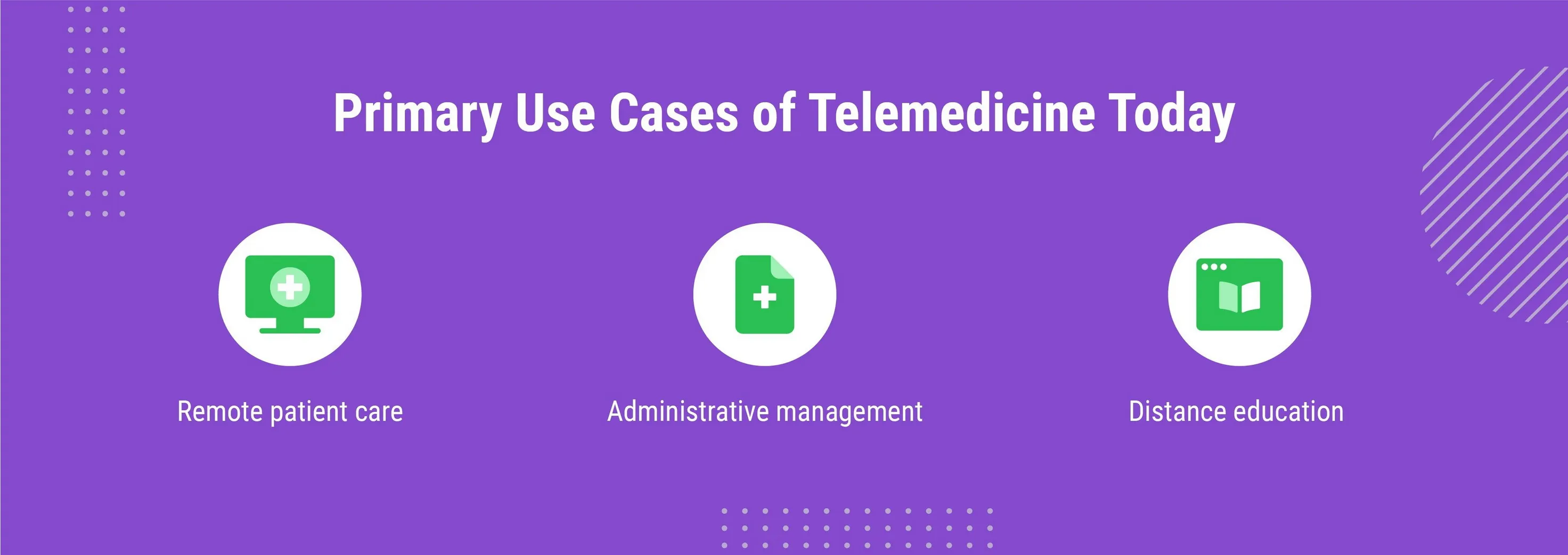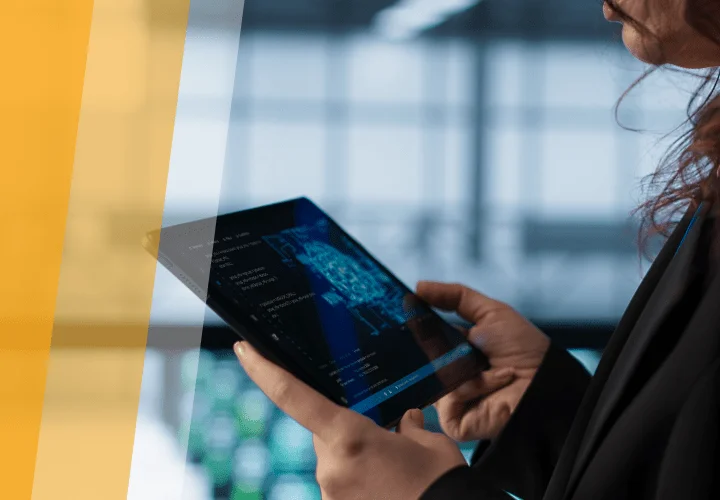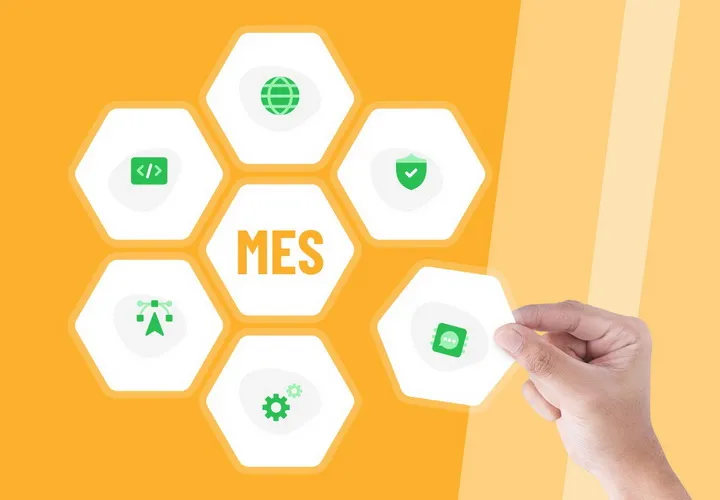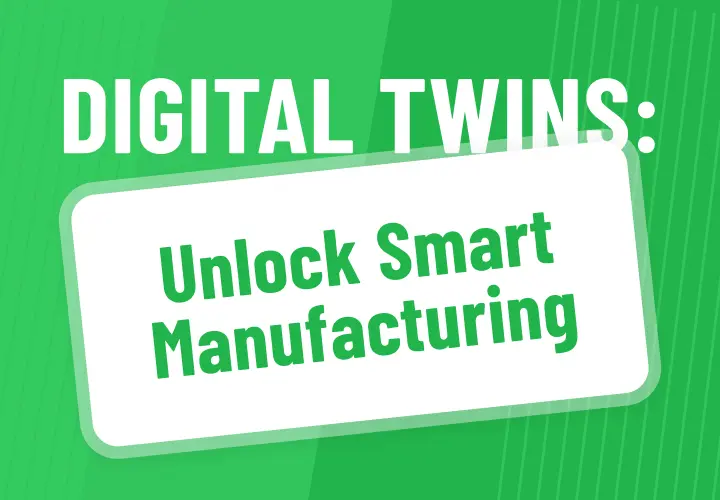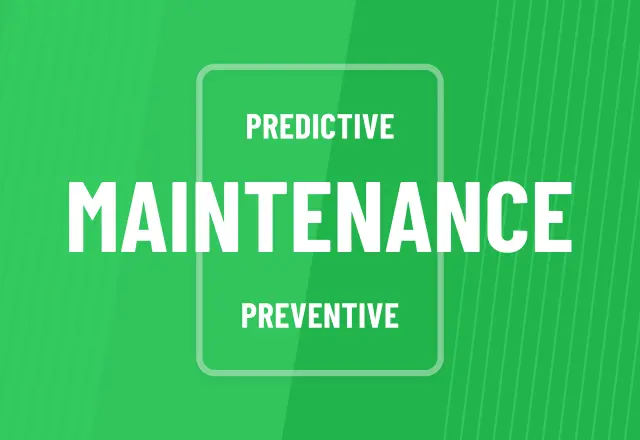The Future of Telemedicine: Key Technologies to Consider in the Coming Years
Table of contents
Many will agree that we live in a world where technologies gain more and more power, shifting the traditional model of services into a digital one. And, for sure, medicine is no exception. Indeed, it can now serve as a brilliant example of how technologies reshape the future, and telemedicine is one of them.
While today it is mostly considered as an alternative to traditional healthcare, its position as a preferred model of healthcare services delivery becomes stronger with each passing day. Especially when you take into account the global pandemic and isolation measures that were taken worldwide. So, from hospitals and clinics, medicine confidently moves to homes and it is believed that someday it will completely replace the traditional model. For example, Miles Romney, a co-founder and chief technology officer at telehealth company eVisit, states that "Telehealth" won't exist in 2050 because it will just be "health”.
So what’s telemedicine, how and in which forms is it used today, what innovations drive it to the future, and what can we expect it to turn out to be? Let’s try to figure that out.
What's Telemedicine?
Telemedicine is not new. It might be surprising, but it’s been around for a while. Back in 1879 telegraph was used to report casualties and injuries to reduce unnecessary office visits. In the 1950s, there were attempts to share medical info via phone, and later, in 1994, video consultations were used for chronic disease management. But due to a widespread belief that patients and doctors prefer in-person consultations, telemedicine was recently used mainly by patients who, for some reason, are not able to visit their doctor’s office.
Things have started to change with the COVID-19 outbreak and isolation measures taken worldwide. Because telemedicine is focused on the provision of remote healthcare services, its popularity has dramatically increased. And considering the fact that the shift to online platforms and remote delivery is going to stay in many other industries, healthcare won’t be the exception. To be more exact, most doctors believe that telemedicine will definitely become a significant part of our future, especially when it comes to mental health, chronic illness management, blood test results, and medication reviews.
Telemedicine of Today: How Is It Used?![]()
Remote patient care
For sure, one of the most widespread use cases of telemedicine today is for the provision of remote patient care. And there are some major divisions, including:
Teleconsultations
Covering patient monitoring, diagnosis, and treatment, teleconsultation solutions allow clinicians to increase efficiency in the delivery of healthcare services. For example, they can be used for fast and accurate transmission of x-rays and lab results, making it possible for professionals to stay aware of the latest changes to their patient’s condition, in this way improving coordination in patient management.
Telemonitoring
It allows monitoring patients’ biological, psychological, and biometric parameters remotely, reducing their stay in hospitals while providing the needed care. Oftentimes, this type of remote patient care is used to help people with chronic conditions.
Telesurgery
One of the hottest use cases of telemedicine for remote patient care is telesurgery that allows performing surgeries with the use of robotics and virtual reality. While this type of telemedicine is comparatively new, its revolutionary nature ensures that it will continue to advance.
Administrative management
With the help of telemedicine, it becomes possible to ensure more efficient and accurate administrative management, whether the talk is about appointment scheduling or other administration-related procedures such as the transfer of data on medical tests.
Distance education
Thanks to telemedicine it becomes easier for professionals to establish effective collaborative work and strengthen communication. When it comes to the education of professionals, it promotes easier access to highly valuable information and allows professionals to learn from the best.
What can we expect from telemedicine in the near future? To answer this question, let’s look at the innovative technologies that shape its face today.
Current Innovative Approaches Offered by Telemedicine
In this block, the talk will be about the latest innovations in telemedicine that have shown their positive contribution to healthcare during the COVID-19 outbreak. Here are just a couple of examples of how the healthcare sector has benefited from telehealth in 2020 and 2021.
Remote screening of patients before their visit to a hospital
With the outbreak of COVID-19, hospitals and organizations providing home care have started to use online questionnaires to detect patients who might have coronavirus. In this way, it became possible to minimize unnecessary risks and provide quality care for everyone. Also, such an approach helped hospitals to remain maximum efficient while using limited resources. And while such screenings are mainly used today for safety reasons, they will continue to advance and spread, offering extra convenience and reducing time patients spend in hospitals.
Remote support to the acquisition of medical images
Because communication between professionals in healthcare does matter a lot, provider-to-provider telehealth solutions have also skyrocketed in popularity. Among the key benefits offered by such systems are tools for efficient collaboration and the provision of easier access to care for patients.
One of the recent and most brilliant examples is represented by medical imaging. Radiology Operations Command Center allows imaging technologists to provide distance training for their less experienced colleagues. So, while a patient is on the scanner table, the solution enables collaboration between professionals, which results in high-quality care.
Virtual waiting rooms and online appointment scheduling
One more safety and convenience measure taken by hospitals during the COVID-19 pandemic is personalized text messages that remind patients of their upcoming exams and virtualized their check-in processes. When it comes to the latter, it allows checking in with a text message after arriving at the hospital. When a patient checks in, staff receives an automatic notification via the EHR. Once doctors are ready to see the patient, they send one more notification.
Technologies That Shape the Future of Telemedicine
There is no doubt that the scenarios described above will continue to advance, gradually making the healthcare we know today into the scene of a sci-fi movie. People there have micro-implants that continuously scan bodies to detect any anomalies, automatically analyze the received data, and send reports to healthcare specialists for prompt actions. And while this picture may seem too unrealistic from what we witness today, some tech specialists believe that in the coming decades it has all chances to become our daily norm. And here are the key drivers that making it possible:
IoT
The use of connected devices in healthcare has already shown how far the technologies can take us in the provision of medical services. Modern people have no need for such devices as heart monitors, pedometers, pulse oximeters, glucometers, and some others, as they are embedded in watches, bracelets, and other things that automatically make checks and transfer the received data to mobile phones or other devices. With the advance of the Internet of Medical Things (IoMT), it’s possible that in the coming years, these devices will be capable of performing body scans and other diagnostic tests.
AI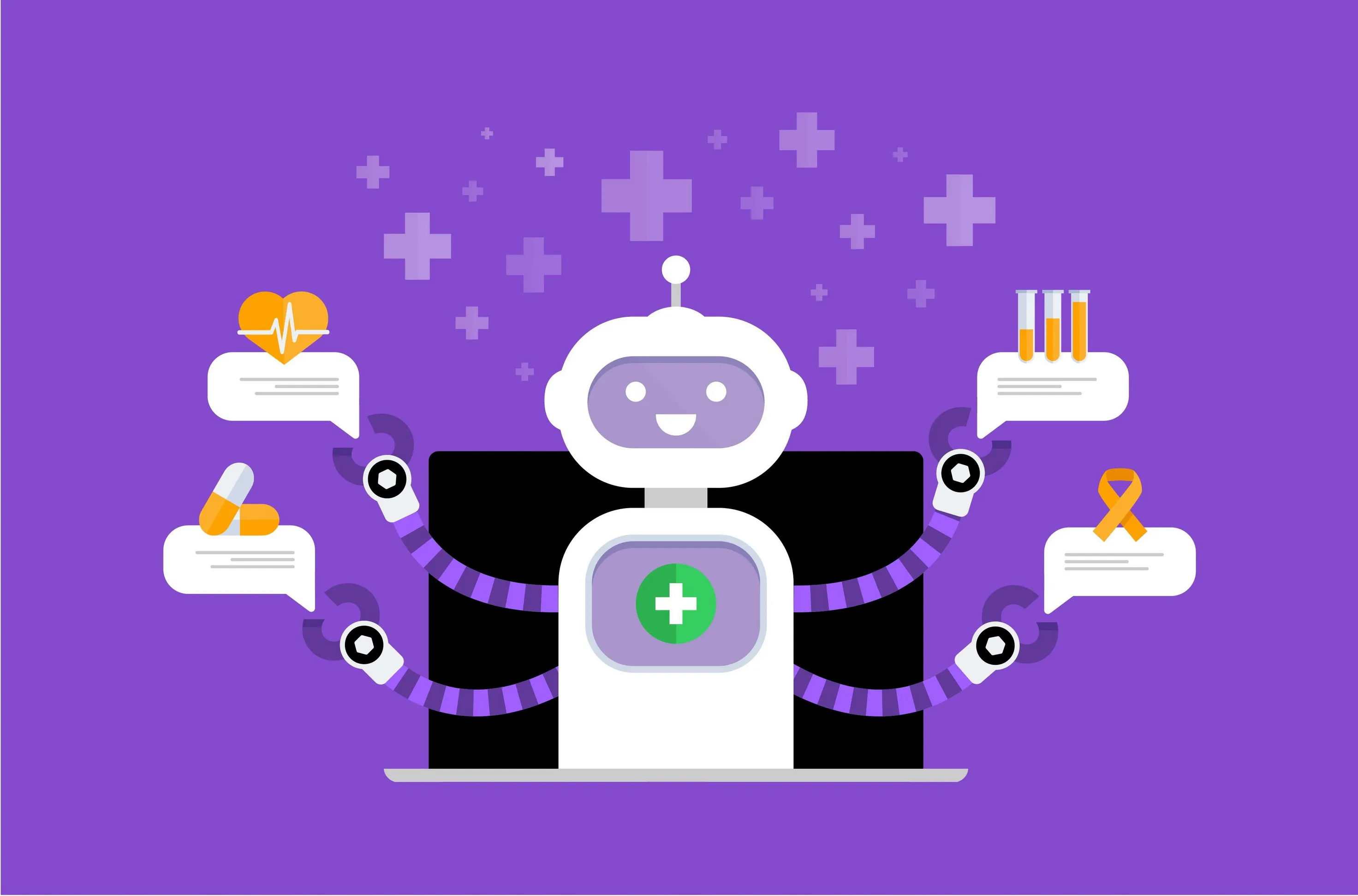
2020 and 2021 have shown the value of artificial intelligence applied to healthcare that allows multiple tasks to be performed, starting from pre-diagnostics to appointment scheduling. For sure, there are still a lot of concerns regarding the use of AI for health consultations, and seeing a doctor is still a priority for many. Yet, a decade ago, it was hard to imagine that you could simply answer a series of questions on your phone to get a presumptive diagnosis. And what does the future have for us? We’ll see. But undoubtedly, AI will be there in some of its forms, whether the one we know today or some new shape.
Mobile Apps
There’s already a mobile app for everything, and with each passing year, mHealth continues to surprise us with new solutions that serve as a powerful interlink between patients and doctors. And while the demand for quality mHealth apps increases, the sector continues to welcome tech advances of all kinds: whether it is solutions featuring Artificial Intelligence, Machine Learning, Sentiment Analysis, etc.
For example, responding to the COVID-19 pandemic, in 2020, our team has developed a healthcare app on the basis of the Uber scheme. The product ensures the convenience of work for medical professionals and ease of use for admins and patients requiring prompt medical help or a Covid test. While the app is still under support and is periodically enhanced with new features to fit the market, even today it offers the client a range of competitive business benefits:
- Users of the app receive medical help in the shortest time, in the convenience of their homes and the simplicity of a mobile solution, together contributing to greater levels of loyalty and trust among patients.
- The convenience of the delivered system also positively impacts retention rates among the client’s employees.
- Group requests allow receiving large orders. For example, it could be a wedding, corporate event, banquet, etc., where guests are required to provide a negative RT-PCR test.
- The client can receive fees for the use of the app by third-party providers that operate in other states.
- The developed custom EMR system with an easy-to-use custom document editor can also be sold as a stand-alone solution to third-party providers.
The first version of the solution was delivered in a couple of months, allowing the client to outperform competitors with a unique, demanded product. So if you are looking for ways to stand out in the market with innovative telehealth solutions, we are here to help you. Contact us at any time for a free consultation.
Published on Jun 4, 2023
